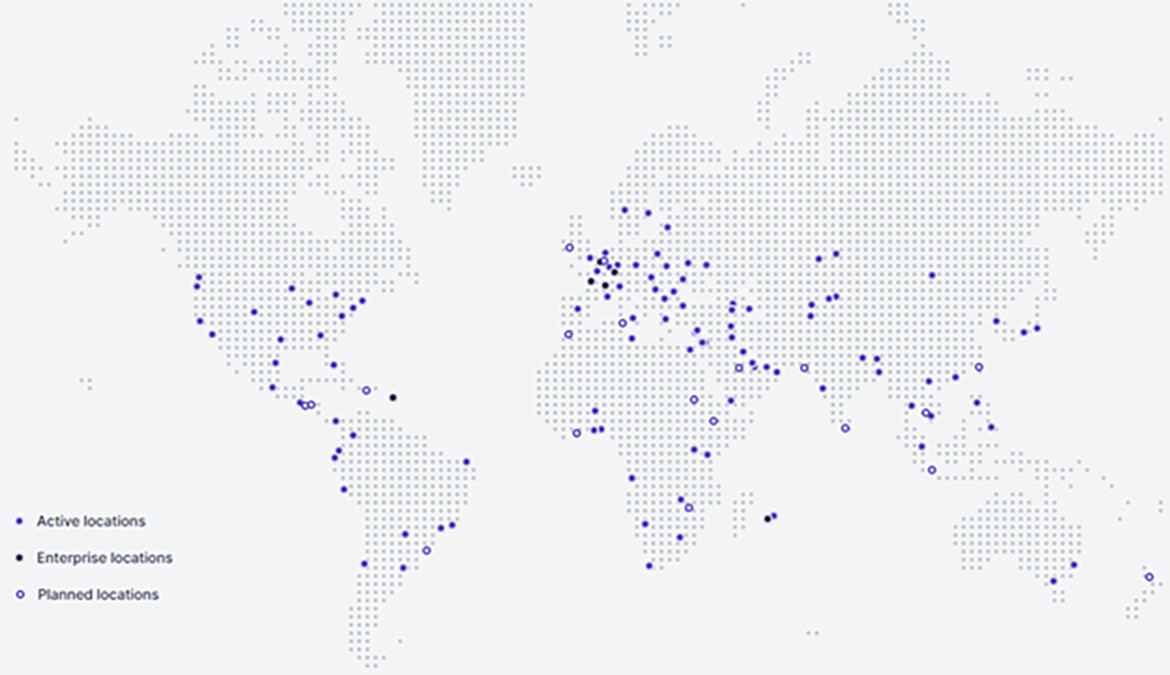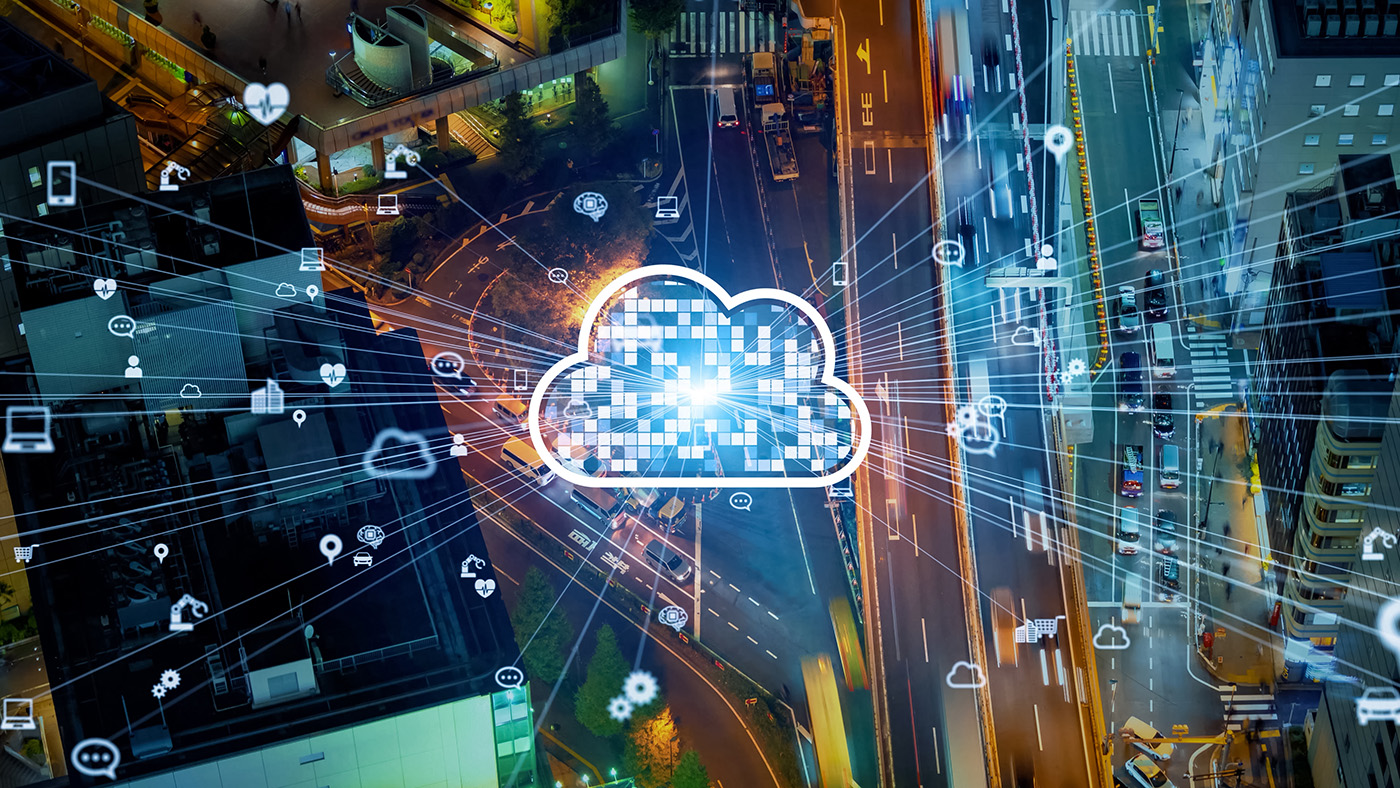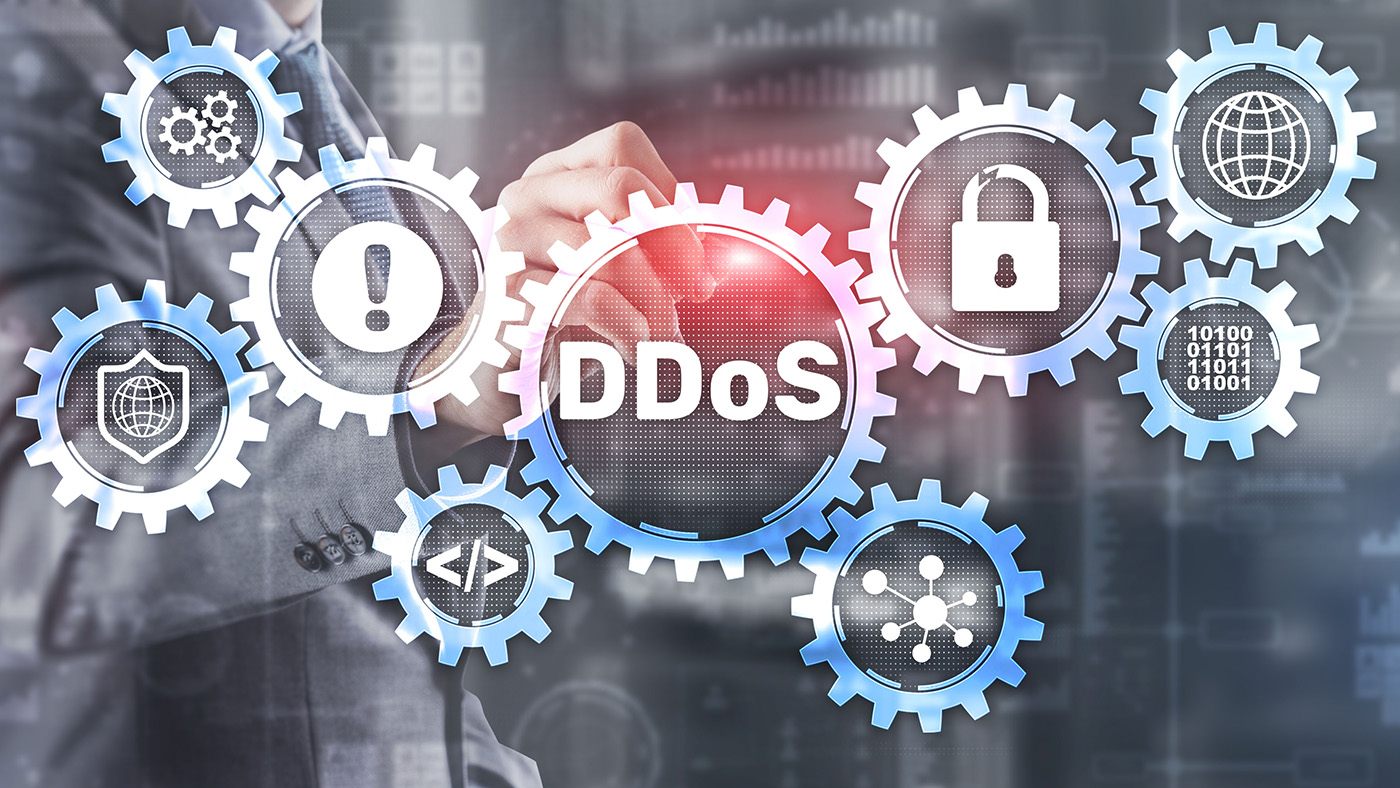Leveraging Edge Computing and Optimization for Improved Website Performance
In a relentless online services’ race, milliseconds can make all the difference. Enter edge computing & optimization, recommends Dmitry Samoshkin, CPO at Gcore.

©Khanchit Khirisutchalual | istockphoto.com
The race to enhance online services’ speed is relentless. A millisecond can be the difference between holding a user’s attention or them navigating away from your site, losing you a potential customer. The frontrunners in this speed contest are two exciting new technologies: edge computing and edge optimization.
Edge Compute and Edge Optimization: What’s Under the Hood?
Imagine your favorite content and applications within arm’s reach instead of miles away. That’s the magic of edge computing, which brings servers—the source of your online content—physically closer to you. It does so via a decentralized network by splitting applications into bite-sized pieces at the network’s boundary, or “edge.” Edge computing is concerned with processing data, and edge optimization is one part of edge computing that is focused on delivering data.

Gcore offers over 140 points of presence in its edge network
Edge computing is a distributed computing model where computation is done at or near the source of the data, rather than relying on a centralized location that could be far away from the data source. As well as improving website loading times, it fuels other bandwidth-hungry and latency-sensitive technologies such as virtual reality (VR), augmented reality (AR), and online gaming. The result? Smoother, immersive experiences that can provide users with a competitive advantage and enhance their online experience.
For example, a retail business with an e-commerce website can leverage edge computing to offer their customers a faster, more seamless shopping experience. By processing user requests and data closer to the customer, the loading times of product pages and checkout processes can be significantly reduced.
Edge optimization is part of the edge computing process. It works on improving how the data is delivered to the user once it has been processed. Edge optimization enhances the efficiency and performance of existing online digital systems without altering the applications. This technology takes what is already in place—current frameworks and their underlying architecture—and refines it to maximize performance. By bringing the content closer to users and dynamically adjusting content based on user conditions, edge optimization gives users an effective and efficient experience.
The Rise of Edge Computing
Edge computing’s rapid ascent has significantly reshaped the digital landscape. The rapid rise of edge computing is driven by the advent of microservices and containerization, which allow applications to be broken down and distributed effectively, and the principle of decentralization, which brings processing power closer to data sources or users. These factors require real-time, efficient processing, making edge computing essential for various IoT applications, such as industrial automation and autonomous vehicles.
In parallel, developers are exploring new ways of leveraging edge computing. Instead of relying solely on centralized servers, they’re building lightweight functions—such as user authentication, real-time analytics, and data validation—at the network edge, which can respond to user requests more swiftly.
WebAssembly (Wasm) is gaining popularity as it allows developers to use familiar languages like C, C++, and Rust, offering a high-performance alternative to JavaScript for web applications. Its compatibility with all modern web browsers and potential for deploying cloud-native and serverless applications on the edge enables efficient, high-speed user experiences.
The upcoming widespread 5G rollout presents edge computing with an opportunity. By harnessing 5G’s superior speed and reduced latency, edge computing can bring data processing closer to end users, enhancing real-time data analysis and accelerating decision-making. The integration of 5G and edge computing stands to significantly elevate the overall user experience, delivering faster, more efficient, and reliable data processing.
The Hard Truth: Challenges of Edge Computing
But the road to edge computing isn’t without obstacles. Adopting this technology requires a paradigm shift in web application workflows, making it a daunting task for many businesses. Traditional applications must be deconstructed into smaller, manageable worker components, often with memory and performance constraints. These restructured applications are often platform-specific, which can cause complications if a reverse migration is needed later.
Moreover, data security becomes highly complex in the decentralized world of edge computing. Unlike traditional centralized models where data security is concentrated in one location, edge computing disperses data across multiple endpoints. This architecture demands comprehensive security measures to protect data at every node, including data encryption, secure gateways, and sophisticated authentication mechanisms.
Making Waves with Infrastructure Optimization
Those overcoming these challenges are companies like Gcore. Gcore delivers high-performance experiences via the edge without revamping existing apps. By integrating its CDN with a cloud storage service for continuous caching, Gcore brings users the low latency experience that edge computing is famous for. Gcore also uses dynamic content optimization and robust 3rd Gen Intel® Xeon® Scalable processors to handle everything from database microcaching to dynamic image optimization.
Edge computing is a smart business decision, and it’s good for the planet: processing data closer to its source can lower bandwidth and operational costs, enhancing overall efficiency. Simultaneously, reducing data transmission can decrease energy usage and carbon emissions, making it an attractive and sustainable approach for businesses aiming to minimize their carbon footprint.
Final Thoughts
Edge computing is a game changer for businesses of diverse sizes across industries. While it has traditionally been associated with certain challenges, companies like Gcore prove that you don’t need to overhaul your entire system to stay ahead. Solutions like edge optimization can significantly enhance performance without requiring substantial application changes, making it possible for even small businesses to tap into the potential of edge computing without needing comprehensive knowledge of the field.
Looking forward, a convergence of edge computing, optimization, and artificial intelligence (AI) seems increasingly likely. Such a confluence could enable real-time analytics and intelligent decision-making at the network edge, allowing businesses to delve deeper into their data and craft more engaging, responsive, and personalized user experiences. We are just beginning an exhilarating journey into the future of digital technology. Jump on board for the ride!
Dmitry Samoshkin is Chief Product Officer at Gcore. Dmitry has 16 years of experience of working in the information technology and services industry. An experienced, results-driven product and marketing executive, Dmitry has an outstanding track record in creating new products and successfully launching them globally for both B2B and B2C business models.
Please note: The opinions expressed in Industry Insights published by dotmagazine are the author’s own and do not necessarily reflect the view of the publisher, eco – Association of the Internet Industry.





